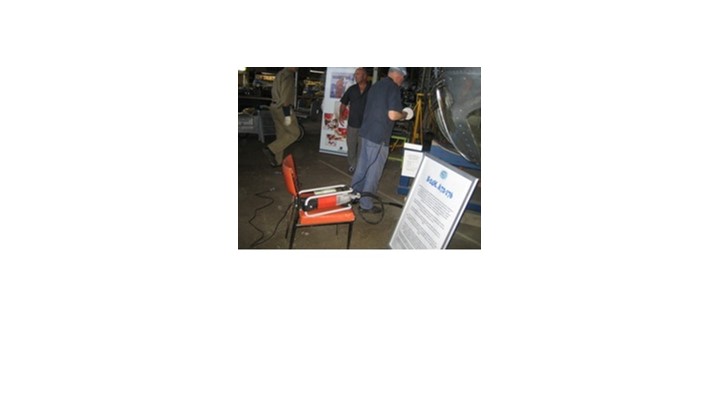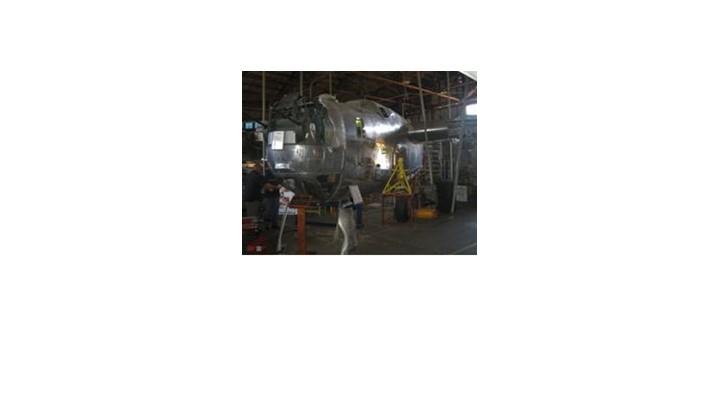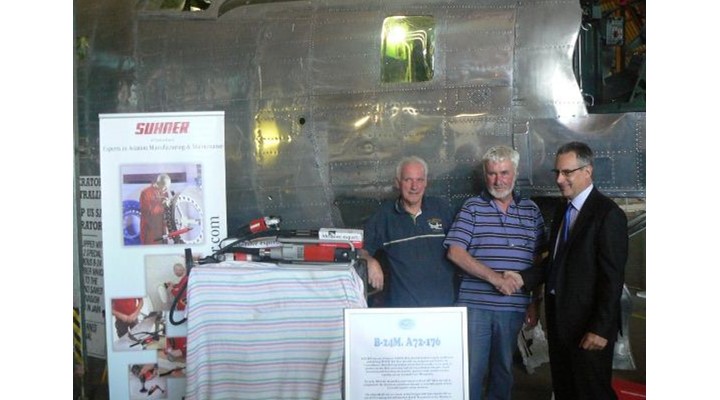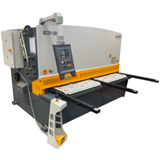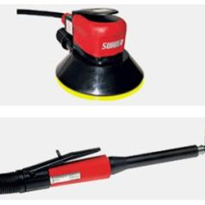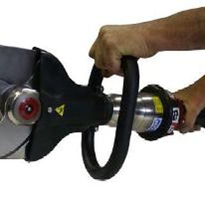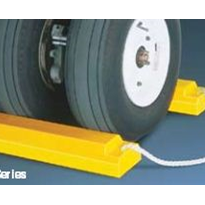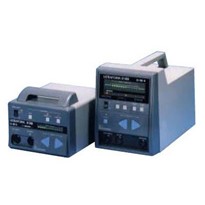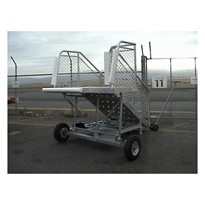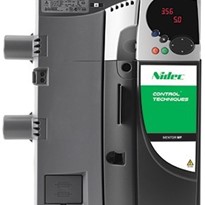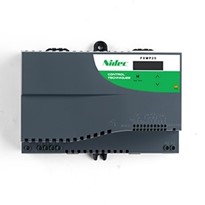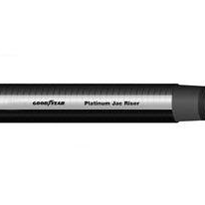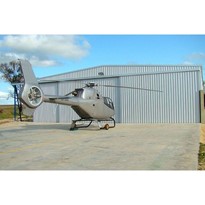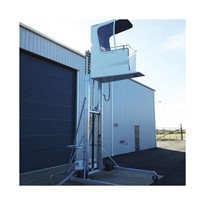The B-24 is a bit of a forgotten hero from WW2 where the Lancaster, Flying Fortress and other bombers took the accolades, but 20,000 Liberators were built and put into service from 1941.
The RAAF took on 288 Liberators from 1944 to undertake a wide variety of roles.
A72-176 was retired in 1948. It was thought all the Liberators were destroyed for scrap but this one miraculously survived when the frame was bought by a resident of Moe, Victoria who put it to use as temporary accommodation while building a house.
It was then effectively abandoned for 47 years.
The B24 Liberator Memorial Trust was set up in 1988 by a combination of The Australian War Memorial, the RAAF and later, The National Trust.
It became aware of the existence of the A72-176 during late 1989 and so started the long process which has led to the restoration of a complete aircraft.
Parts of Liberators have been sourced including the wings and tail plane from a wrecked USAF Liberator in Papua New Guinea during 1991.
In November 2012 the committee asked Suhner Australia if they could assist with the final polishing and cleaning of the aluminium air frame.
As Suhner are a major international supplier of hand tools and abrasives for the manufacture and maintenance of aircraft and aircraft parts, they were in a good position to advise on techniques and provide the basics to undertake the job.
Suhner were proud to be involved in this project and provided a Suhner Rotostar 3-speed flexible drive machine with 10mm shaft, FH12 straight tool holder and a mop carrying spindle, to do the heavy work.
For small areas and those harder to get to, they have provided a Suhner USK 3R straight polisher and also a Suhner UWG 10R angle polisher to enable sanding where required at varying speeds.
All of the polishing work will be done using 150mm stitched mops and both cutting paste for rough areas and polishing paste for finishing.
Suhner provided a short training session for the trust to ensure the volunteers had the know-how in both using the equipment safely and achieving the results required.
Understanding the techniques of cross-grinding/polishing and achieving a consistent finish in aluminium are "tricks of the trade".
With the right equipment and abrasives the Liberator will once again be returned to its former glory.


